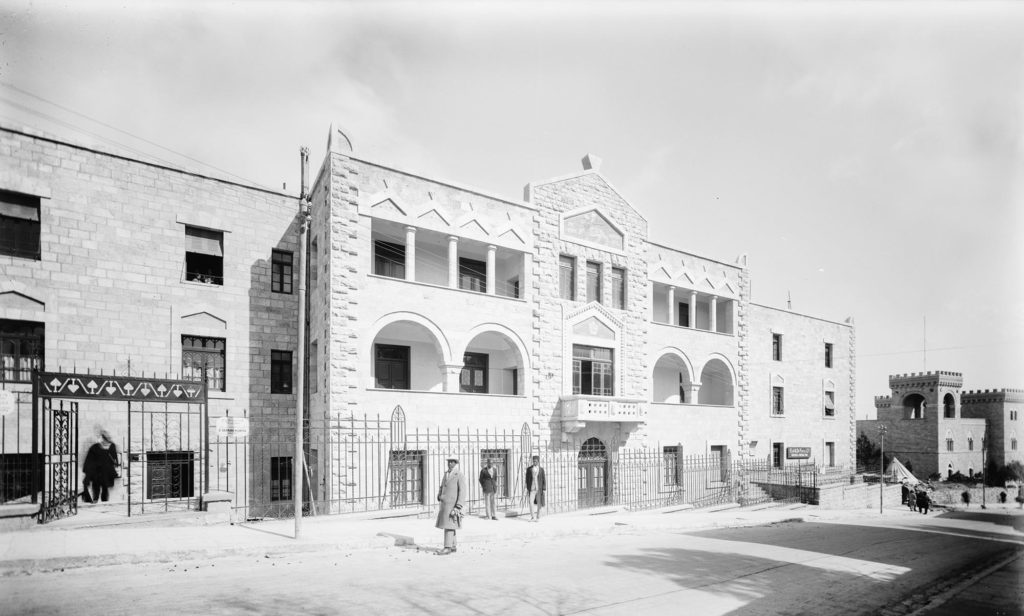Abyssinian House, later the Ethiopian Consulate Building, built between 1925 and 1928, one of a number of structures in the northwest of Jerusalem that are associated with the Ethiopian community.

The devoutly religious Empress Zauditu of Ethiopia (1876–1930), first woman to head an internationally recognized nation in Africa, had Abyssinian House built not far from the Kidane Mehret Church. Brilliantly colored mosaics on the façade depict the symbol of the royal family, a crowned lion carrying a cross-topped flagstaff. The panel includes the motto , “The Lion of Judah is victorious,” written in Ge’ez. The building had been intended to serve as her residence when visiting Jerusalem, but she did not live to use it. Instead, the ground floor became the Ethiopian consulate and the two upper floors were rented out as apartments with the proceeds to benefit the Ethiopian monastery that had long been present in the city. An Ethiopian monarch did finally occupy the premises in 1936, after Italy seized Ethiopia and the Haile Selassie spent six months Jerusalem on his way to exile in London. After the Yom Kippur War in 1973, Ethiopia severed ties with Israel and the building’s a diplomatic function ceased.
At some point between his arrival in Jerusalem and moving into 8 KKL Street in Rehavia, Ismar David lived in Abyssinian House. His landlord or host was a Mr. Domowitz.1Summary of a meeting between Nahum Tishbi, Director of the Department of Trade and Industry with the Wolpert family, March 17, 1938. Central Zionist Archives S8\2292\1.

























